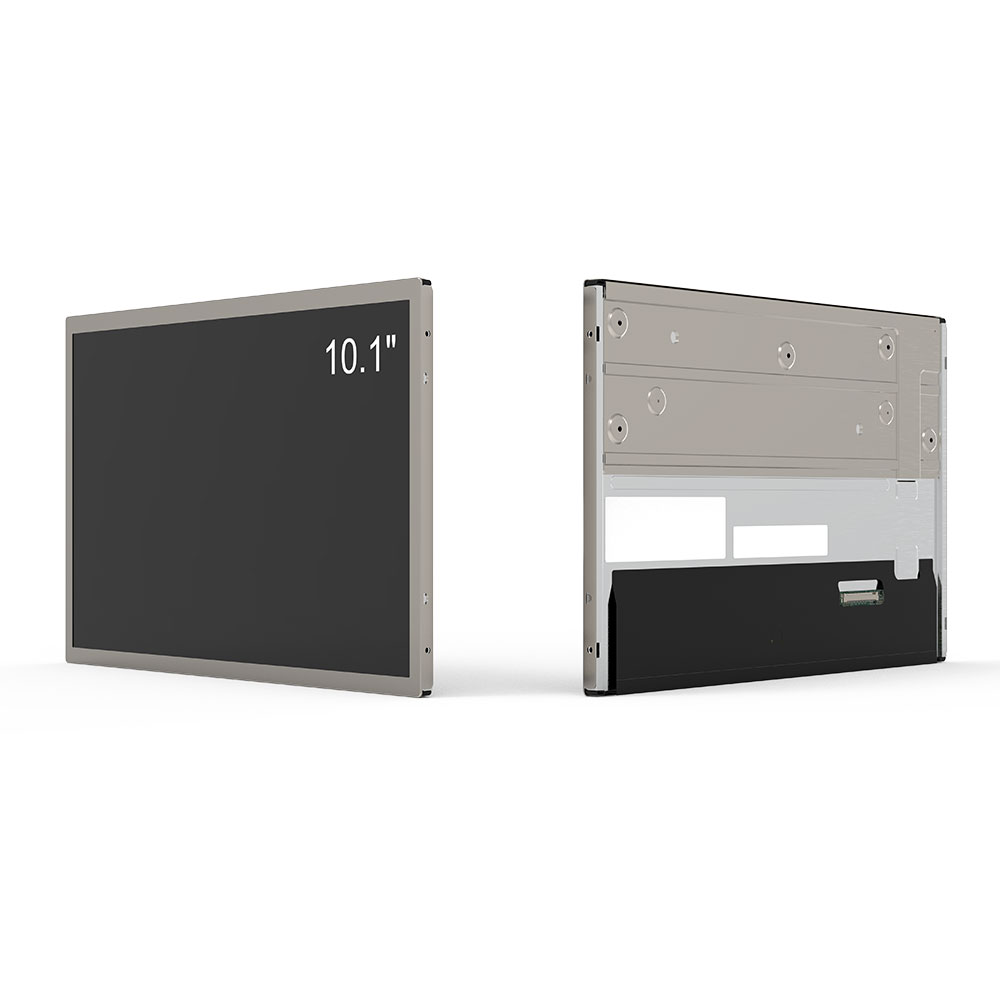In the rapidly evolving landscape of display technology, sunlight readable high brightness LCD screens have emerged as a critical solution for outdoor and industrial applications where visibility under direct sunlight is non-negotiable. These displays are engineered to deliver consistent performance in extreme lighting conditions—ranging from bright midday sun (up to 10,000 lux) to low-light environments—without compromising image clarity or user experience.
The core innovation lies in the use of high-brightness backlighting systems, often exceeding 5,000 nits, which surpasses standard indoor LCDs that typically max out at 300–500 nits. This luminance boost ensures readability even under direct solar exposure, as confirmed by MIL-STD-810G environmental testing standards. Additionally, anti-glare coatings and polarized glass layers minimize reflections and enhance contrast ratios—key metrics for usability in outdoor settings.

Manufacturers such as Sharp, LG Display, and Innolux have adopted advanced optical bonding techniques that eliminate air gaps between the display panel and cover lens. This not only reduces internal reflections but also improves durability against dust, moisture, and mechanical shock—critical for ruggedized applications like military equipment, construction machinery, and public transportation kiosks.
Another technical advancement includes adaptive brightness control via ambient light sensors (ALS), which dynamically adjust screen output based on real-time lighting conditions. This feature enhances energy efficiency without sacrificing visibility, aligning with ISO 50001 energy management standards in industrial deployments.
Case studies from the automotive industry demonstrate the effectiveness of these screens in vehicle dashboards exposed to varying daylight intensities throughout the day. For example, a major European OEM reported a 40% reduction in driver distraction incidents after integrating a 7,000-nit sunlight-readable display into their new EV models—a testament to both safety and ergonomic design.
Furthermore, compliance with international standards such as EN 60950-1 (safety) and IEC 62368-1 (audio/video/electronic equipment) ensures that these displays meet stringent electrical and thermal safety requirements, especially in harsh environments like oil rigs, mining sites, and emergency response vehicles.
For developers and integrators, selecting the right sunlight-readable LCD involves evaluating not just peak brightness but also contrast ratio, viewing angles, power consumption, and long-term reliability. Industry leaders now offer full lifecycle support, including predictive maintenance tools and ruggedized housing options for IP65/IP67-rated enclosures.
In summary, sunlight readable high brightness LCD screens represent more than just brighter pixels—they embody a holistic engineering approach that combines optics, materials science, and human factors design to deliver robust, visible, and safe displays across demanding outdoor applications.







